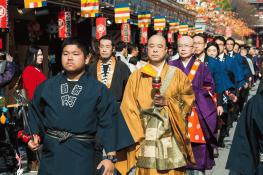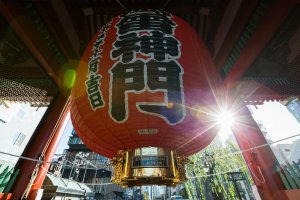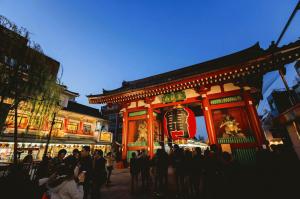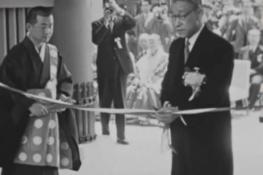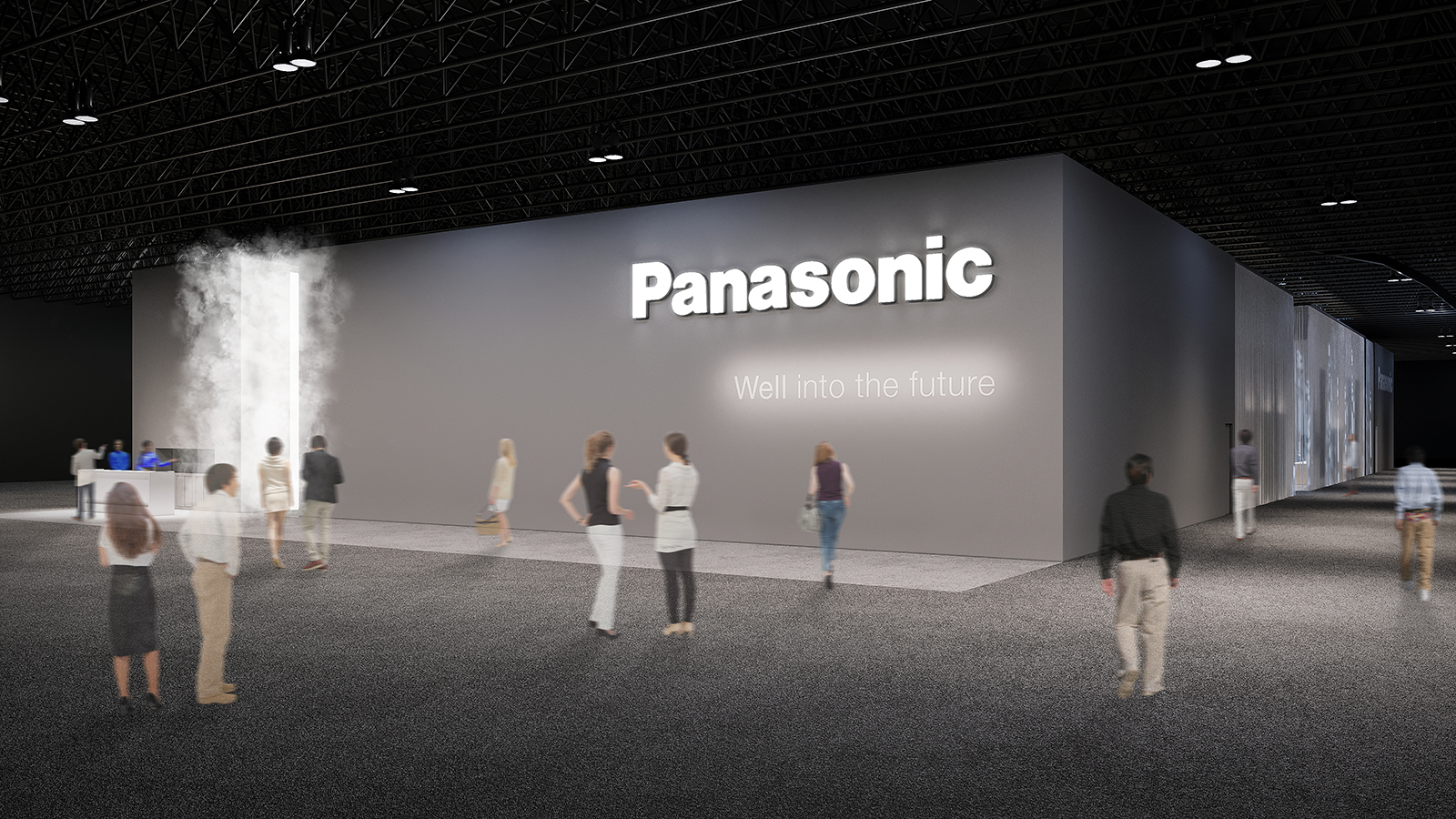If visitors visited one of the famous sightseeing spots in Tokyo, the Senso-ji Temple in Tokyo just two months ago, they may have been surprised to see the symbolic giant lantern missing. Removed in mid-September for a 'makeover,' the replacement of the giant lantern for Kaminarimon (Thunder Gate) of Senso-ji Temple in Asakusa, Tokyo, which is gifted by Panasonic over 50 years ago, was completed and the lantern dedication and hanging ceremony was held on November 18, 2013.
- The Giant Lantern at Kaminarimon Gate
After being destroyed in a fire in 1865, Kaminarimon (Thunder Gate) was reconstructed in 1960 with monetary donations by Panasonic's founder Konosuke Matsushita. In conjunction with monetary donations, he also donated the giant lantern that decorates the gate and since then Panasonic has been tasked with facilitating its renewal every ten years.
- Parade along the Nakamise Dori street with representatives from Senso-ji Temple
On November 18, a crowd of people gathered around the Kaminarimon Nakamise Dori street to watch the lantern dedication and hanging ceremony. First, a group of representatives from Panasonic, including Satoshi Takeyasu, Director of Panasonic's Brand Communications Division and Michiko Ogawa, General Manager of the CSR & Citizenship Group, paraded along the Nakamise Dori street with representatives from Senso-ji Temple and the local shopping district.
To start the ceremony, Mr. Takeyasu handed the statement of dedication to Yujun Moriyama, Director of Senso-ji Temple and the new lantern, which is 3.9 meters high and weighs 700 kg, was re-instated at the Kaminarimon gate.
Senso-ji Temple receives many worshippers annually as one of Tokyo's most popular tourist sites and attracts many tourists from within the country and abroad. It is scheduled to be the turnaround point for the Tokyo 2020 Olympic Games marathon course. With the countless numbers of people who have seen and will see the names of Konosuke Matsushita and Matsushita Electric inscribed on the gate and giant lantern, Panasonic hopes to continue to spread the value and importance of maintaining Japanese art and culture.
Kaminarimon at Sensoji Temple with a giant lantern after renovation
>> See More Photos
Kaminarimon of Showa Era
- Gate Reconstruction and Founder Konosuke Matsushita -
- Konosuke Matsushita who participated in the Completion Ceremony in 1960.
"A 12-story tower appears in front of our eyes. Coming to Kaminarimon, we are already at Asakusa Kannon. The street is crowded with worshippers walking shoulder to shoulder."
This is a line of the popular Streetcar School Song in the Meiji era that is about famous places in Tokyo. Back in those days, the Kaminarimon area was known as a busy commercial center but the gate itself was became non-existent after the heavy fire in 1865. This "no-gate Kaminarimon" extended over the entire Meiji and Taisho era but finally ended with the announced reconstruction of the gate in 1960. The founder Konosuke Matsushita provided significant help for the reconstruction.
"We want Asakusa with Kaminarimon again!"
In late 1958 when voices arose for reconstructing the gate, Kyojun Shimizudani, Chief Priest of Senso-ji Temple visited the founder, who was in Tokyo, and directly conveyed the wishes of Asakusa by asking him, "Please help rebuild Kaminarimon." After contemplating for a while, the founder eventually said, "I will be happy to make a donation. But, keep my name undisclosed as much as possible."
In May 1959, the reconstruction project started. A year later, the Kaminarimon of Showa Era completed. The magnificent original sight seen in Nishikie (brocade pictures) by ukiyoe artists like Hiroshige Utagawa was perfectly recreated. The founder, who was invited to attend the opening ceremony on May 3, 1960, said with joy, "I believe destiny caused this to happen. Without destiny, a good thing like this can't be made."
Note: Edo era (1603-1868) / Meiji era (1868-1912) / Taisho era (1912-1926) / Showa era (1926-1989)
Details provided by Office of Corporate History, Konosuke Matsushita Museum
Related Links:


